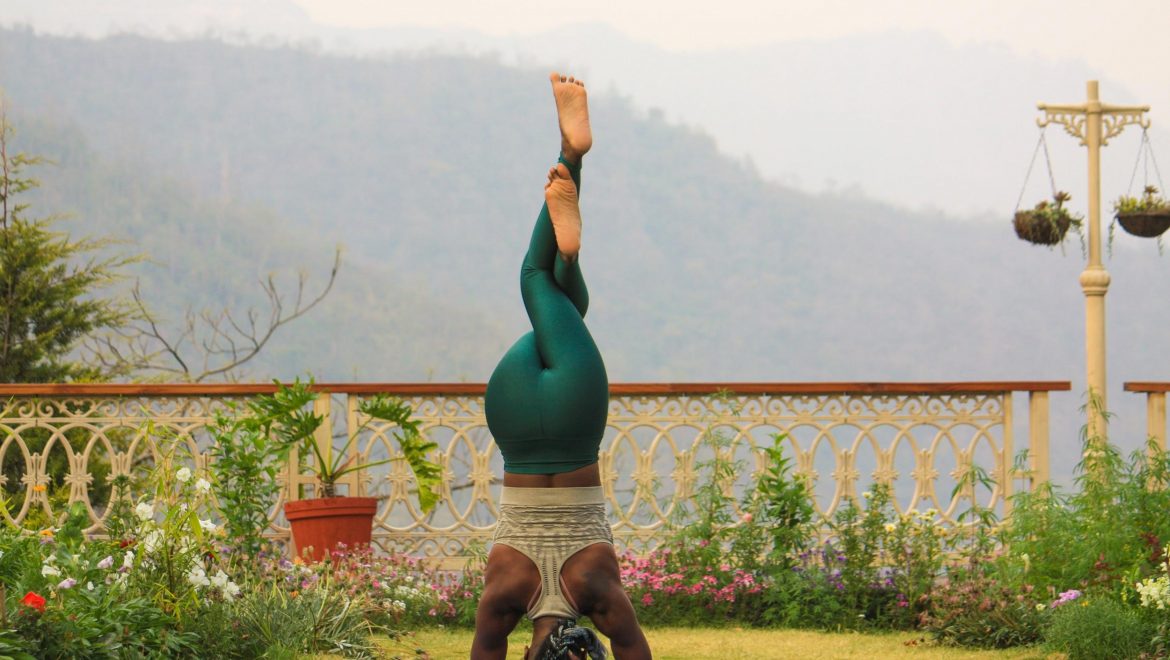Flexible and Financially Savvy: Boosting Your Yoga Practice on a Budget
Yoga is one of those sports you just fall in love with. Equal parts physical activity and meditative practice, it’s the perfect exercise for those looking to strengthen their bodies, improve their flexibility, and increase their mind-body connection. For many, once you fall for yoga, the drive to improve your practice becomes inescapable.
For those of us on a budget, however, this drive can be a little disconcerting. After all, extra classes, equipment, and training can all cost a pretty penny. So, how can you improve your yoga practice without breaking the bank? Here’s a look at several budget-friendly yoga tips.
Set Goals and Track Progress
Having solid, achievable, trackable goals is a necessary step toward improving. It’s one of the simplest things you can do, but it will make a massive difference. There’s a straightforward reason for this: when you know exactly what you’re trying to achieve, getting there is much easier. Make your goal as specific as possible. “I want to practice three times a week” is better than “I want to practice more.” Find ways to quantify your goals so you can know for certain whether or not you’ve achieved them.
Once you’ve set your goals, you need a way to track them. You can use a journal, phone app, or another device to visualize your progress. An Apple Watch, for example, is a great device for tracking fitness goals. However, they can be pretty pricey — look for online deals and an Apple promo code on refurbished devices to save money if you decide to get one. Whichever way you track your goals, make sure you review your progress to see how far you’ve come. This will encourage you to keep moving forward.
Focus on Meditation
One of the most beneficial parts of practicing yoga is coming to develop a better understanding of your own body. Mindfulness is an essential part of yoga, and making an effort to focus on it will pay off. Not only will it improve your confidence during flows and reduce your risk of injury, but it will also have lasting effects on your mood.
Studies have shown that regular mindfulness practice reduces symptoms of depression and anxiety. It can also lower blood pressure and improve your energy levels. By learning how to focus on the moment, you can let go of stress-inducing intrusive thoughts. This is a completely free way to turn inward, improve your practice, and boost your health.
Release the Urge to Compare
In today’s social-media-driven world, we are given plenty of chances to compare ourselves to others. However, little to no good can come of this practice. When you compare yourself with others, you’re almost always going to come up short. This is because our brains are very good at finding the best in others and the worst in ourselves. This means you’ll come to conclusions that are neither fair nor a true representation of the world. Moreover, it can cost you money by driving you toward buying unnecessary stuff in pursuit of being like another person.
Even if we could see others and ourselves completely objectively, however, there’s still little to gain from comparing. After all, someone else’s success does not invalidate your progress. If your friend started yoga after you and is nailing more challenging poses, that doesn’t mean anything bad about you; they’re just progressing at a different rate.
Improving your yoga practice takes time and dedication. But yoga is about so much more than finding balance in a pose or moving confidently through a flow. The journey toward mindfulness, body awareness, and inner peace is the true benefit.
Blog post courtesy of Sheila Johnson @ Well Sheila
Photo Credit: Unsplash




